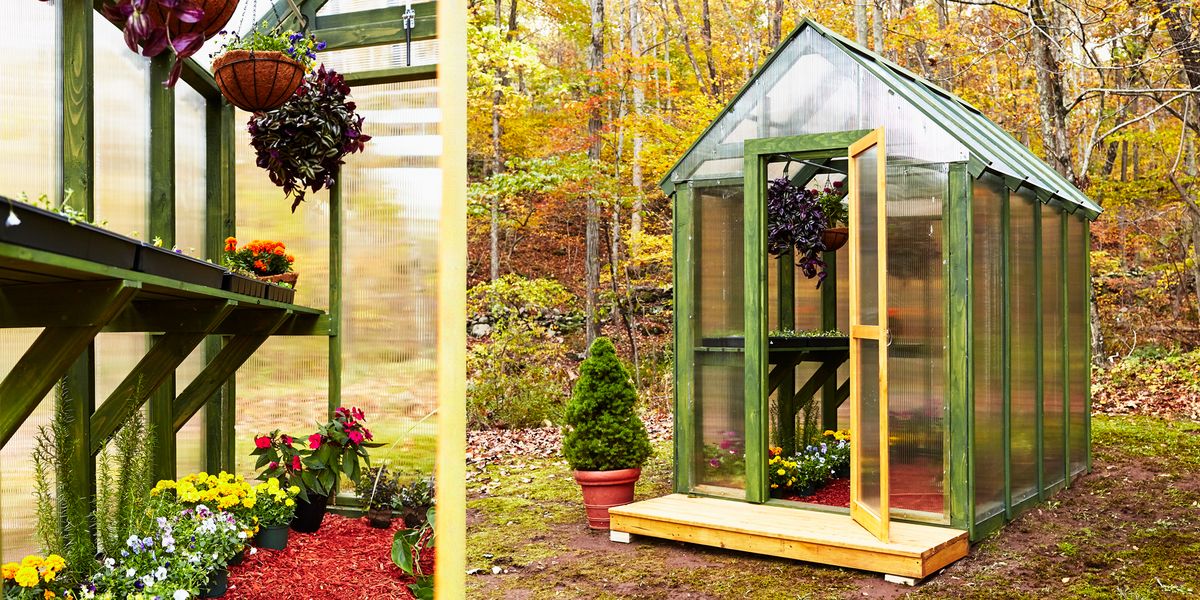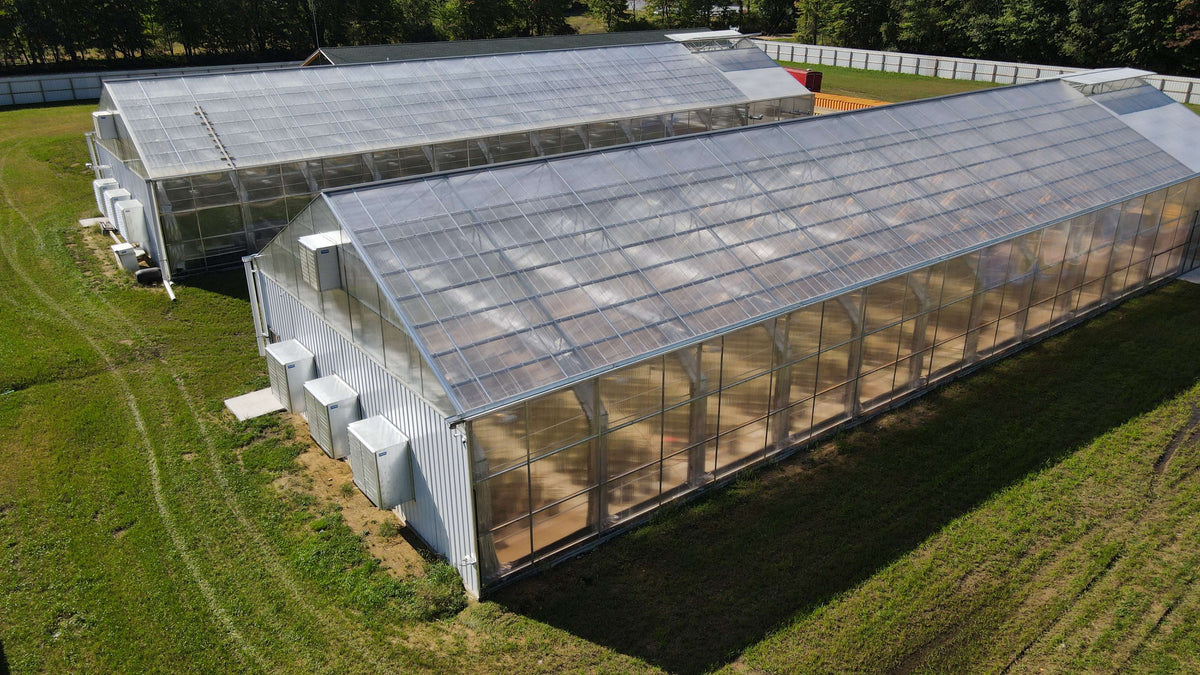Monarch Greenhouse Utah: Boosting Growing Spaces with Accuracy Construction
Wiki Article
The Future of Greenhouses: Innovations in Sustainable Agriculture
Are you curious regarding the future of greenhouses and just how they are transforming lasting farming? From sophisticated environment control systems to vertical farming strategies, water-efficient watering approaches, eco-friendly power combination, and clever information analytics, these advancements are changing the means we expand our food.Advanced Environment Control Equipment
To attain optimum expanding problems, you can count on the advancements in greenhouses with innovative environment control systems. These systems have revolutionized the means we cultivate crops, offering a regulated setting that is helpful to plant development. With these ingenious systems, you can now manipulate temperature, humidity, light degrees, and also CO2 concentrations to produce the best problems for your plants to flourish.One of the crucial functions of these sophisticated climate control systems is their ability to manage temperature. By utilizing sensors and automated controls, the greenhouse can adjust the temperature level based on the details demands of the plants. This makes certain that they are never ever exposed to severe warm or cold, which can be detrimental to their development.
Humidity control is another critical aspect of these systems. By maintaining the excellent moisture levels, you can stop concerns such as mold and mildew, mildew, and condition from impacting your plants. These systems can also control the quantity of light that reaches the plants, guaranteeing that they receive the optimum amount for photosynthesis.
In addition, advanced climate control systems can also adjust CO2 focus. By enhancing the levels of CO2 in the greenhouse, you can boost plant growth and performance. This is especially valuable in areas with reduced all-natural carbon dioxide levels.
Upright Farming Techniques
One crucial vertical farming technique is making use of stacked growing systems. Monarch Custom Greenhouse Utah. These systems entail setting up plants in multiple layers, vertically stacked on top of each various other. By utilizing vertical area, farmers can optimize their crop yield without needing extra land. Piled growing systems are typically made use of in urban areas where area is restricted.One preferred method is called vertical hydroponics, where plants are grown in nutrient-rich water without soil. This method is extremely reliable as it minimizes water use by up to 90% compared to traditional farming methods. Additionally, considering that the plants are expanded inside your home, they are secured from bugs and illness, lowering the demand for chemicals.
An additional strategy is aeroponics, which entails putting on hold the plant origins in a haze or air atmosphere. This method enables for ideal nutrient absorption and oxygenation, resulting in faster growth and higher returns. Aeroponics additionally makes use of much less water than standard farming and can be carried out in vertical systems, making it a prominent option for vertical farming.
Water-efficient Watering Approaches
When it comes to implementing water-efficient irrigation methods in sustainable farming,Making best use of water preservation is necessary. With worldwide water shortage becoming a pushing problem, it is essential to develop cutting-edge techniques that maximize water usage in greenhouse operations.One encouraging approach is drip watering, which delivers water straight to the plant roots, minimizing waste and evaporation. By utilizing a network of tubes with small emitters, water is used gradually and specifically, ensuring that plants get the necessary dampness without excess overflow.
Another reliable method is using soil dampness sensors. These tools determine the moisture material in the dirt and provide real-time information to farmers. By checking the soil's dampness degrees, farmers can precisely establish when and just how much water to use, avoiding over-irrigation.
Moreover, the application of rainwater harvesting systems is obtaining appeal in greenhouse agriculture. Gathering rain from roofs and storing it in containers permits farmers to utilize this natural resource for watering purposes, minimizing reliance on traditional water resources.
Lastly, the fostering of automated watering systems can significantly improve water performance. These systems utilize sensing units to discover soil wetness levels and climate conditions, changing watering schedules as necessary. By optimizing water use based upon real plant requirements, these systems can minimize water waste and advertise lasting farming techniques.
Renewable Resource Assimilation
Sustainable energy integration in greenhouses supplies numerous benefits, including lowered operating prices and lowered reliance on non-renewable energy resources. The generated power can then be made use of to run various operations within the greenhouse, such as ventilation, home heating, and illumination systems. These turbines harness wind power and transform it right go into power, which can be used to supplement the energy needs of the greenhouse.Smart Information Analytics and Automation
To enhance the performance of your greenhouse procedures and optimize source utilization, take into consideration implementing clever data analytics and automation. Smart information analytics includes accumulating and assessing information from various sensing units and devices within your greenhouse. By checking elements such as temperature level, humidity, light degrees, and soil wetness, you can gain useful insights right into the health and growth of your plants. This information can help you make notified decisions regarding adjusting environmental problems, optimizing watering schedules, and protecting against potential problems prior to they occur.
This can include automating the control of lights, air flow, watering systems, and nutrient distribution. By automating these procedures, you can guarantee that your plants receive the best conditions and nutrients at the best time, without the requirement for consistent manual treatment.
Furthermore, smart data analytics and automation can function with each other synergistically. The data accumulated by sensing units can be made use of to notify automatic systems, enabling them to make real-time modifications based on the current problems. This assimilation of data analytics and automation can result in much more efficient and specific source appropriation, inevitably leading to higher returns and better crop quality.
Verdict
In verdict, the future of greenhouses in sustainable agriculture looks promising. With advanced environment control systems, vertical farming techniques, water-efficient watering techniques, and renewable resource assimilation, greenhouses are coming to be much more ecologically friendly and effective. Additionally, making use of wise information analytics and automation even more boosts efficiency and reduces waste. These innovations are leading the way for a more lasting and efficient agricultural sector, making sure a greener and healthier future for all.
By optimizing water usage based on actual plant demands, these systems can decrease water waste and promote sustainable farming methods.

Report this wiki page